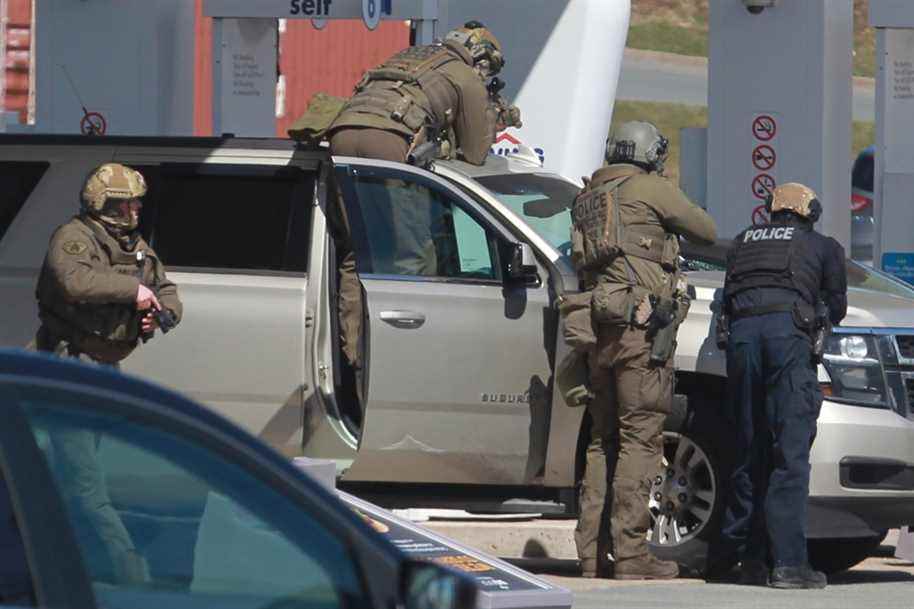(Halifax) As part of the public inquiry into the circumstances surrounding the worst mass shooting in modern Canadian history, lawyers have sought to understand why the Royal Canadian Mounted Police (RCMP) in Nova Scotia were unable to locate its police officers in the field while teenagers use applications to reach each other without problems.
Posted at 4:29 p.m.
This important detail came up in discussions many times during the first two months of the public inquiry. A senior RCMP official has also acknowledged that the absence of a GPS system in the radios carried by the police officers who intervened in the 2020 killings was unacceptable.
Darryl Macdonald, commanding officer of the Prince Edward Island Operational Communications Station, said on February 8 that the problem of the lack of a tracking system should have been fixed long before 2020.
Mr. Macdonald — who also worked as a computer dispatch system coordinator in Nova Scotia — recalled that the 2014 police shooting in Moncton, New Brunswick, had already revealed that “when officers come out of their (patrol vehicle), there is no tracking system to locate them”.
“There is a possibility of doing this from the radio system which was developed in 2016. It allows obtaining GPS coordinates of the radios, but this has still not been deployed as I speak to you”, said he revealed during his testimony, the transcript of which was made public on Tuesday.
For lawyer Steve Topshee, who represents the families of two victims, police commanders needed this GPS data to know precisely where their officers were while a killer disguised as a gendarme and driving an imitation patrol vehicle s was in the business of killing 22 people on April 18 and 19, 2020.
According to him, if the officers in charge of the operation had been able to follow the movements of the police on foot in Portapique, they would have been much more comfortable sending reinforcements.
Another lawyer representing the families of 14 victims, Michael Scott, asked the public inquiry to call experts to come and explain why the RCMP does not have GPS technology to locate its officers.
Documents released during the investigation showed that police officers Aaron Patton, Stuart Beselt and Adam Merchant, who showed up together at the scene of the shooting in Portapique, Nova Scotia, were left on their own for more 90 minutes because their superiors feared that the dispatch of reinforcements would trigger a firefight between police officers — who were looking for a suspect impersonating an RCMP officer.
Jane Lenehan, the lawyer for the family of victim Gina Goulet, questioned the fact that teenagers are able to reach their friends at a specific location thanks to a messaging application when the RCMP is unable to know where its agents are.
“Only one team went to Portapique in those crucial first 30 to 45 minutes and they were told it came from an order from their superiors to avoid a fratricidal shootout,” she summed up during the interview. an intervention before the commission of inquiry on April 13th.
Before this same commission of inquiry last year, former RCMP corporal Tim Mills – who was in charge of operations during the killings – confirmed the absence of a tracking system. During this testimony, the prosecutor Roger Burrill had revived Mr. Mills by saying: “It seems to me that this is a rather fundamental information in an emergency operation? »
“Bingo, 100% okay. We pleaded for it and it fell on deaf ears,” Tim Mills replied.
